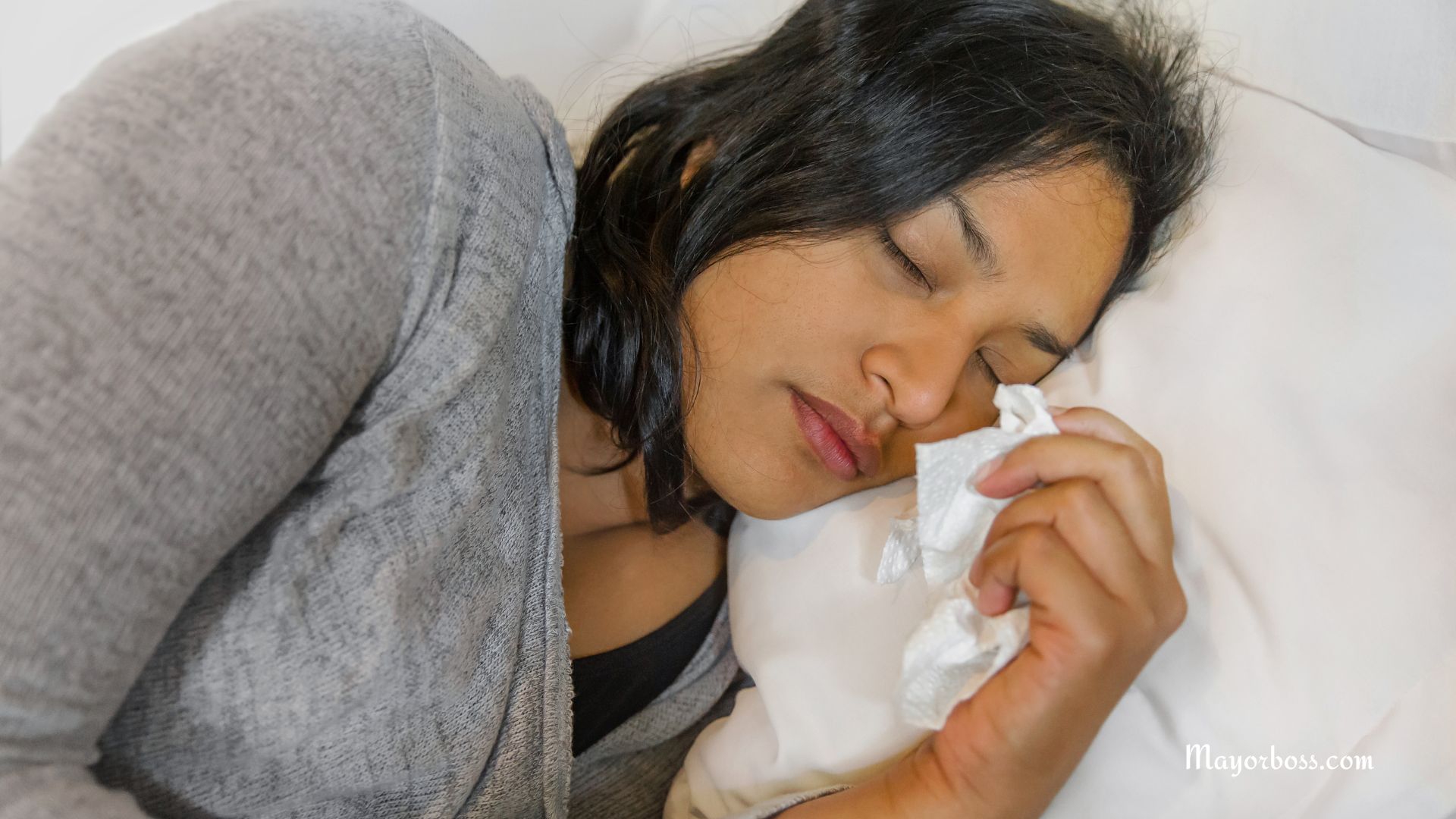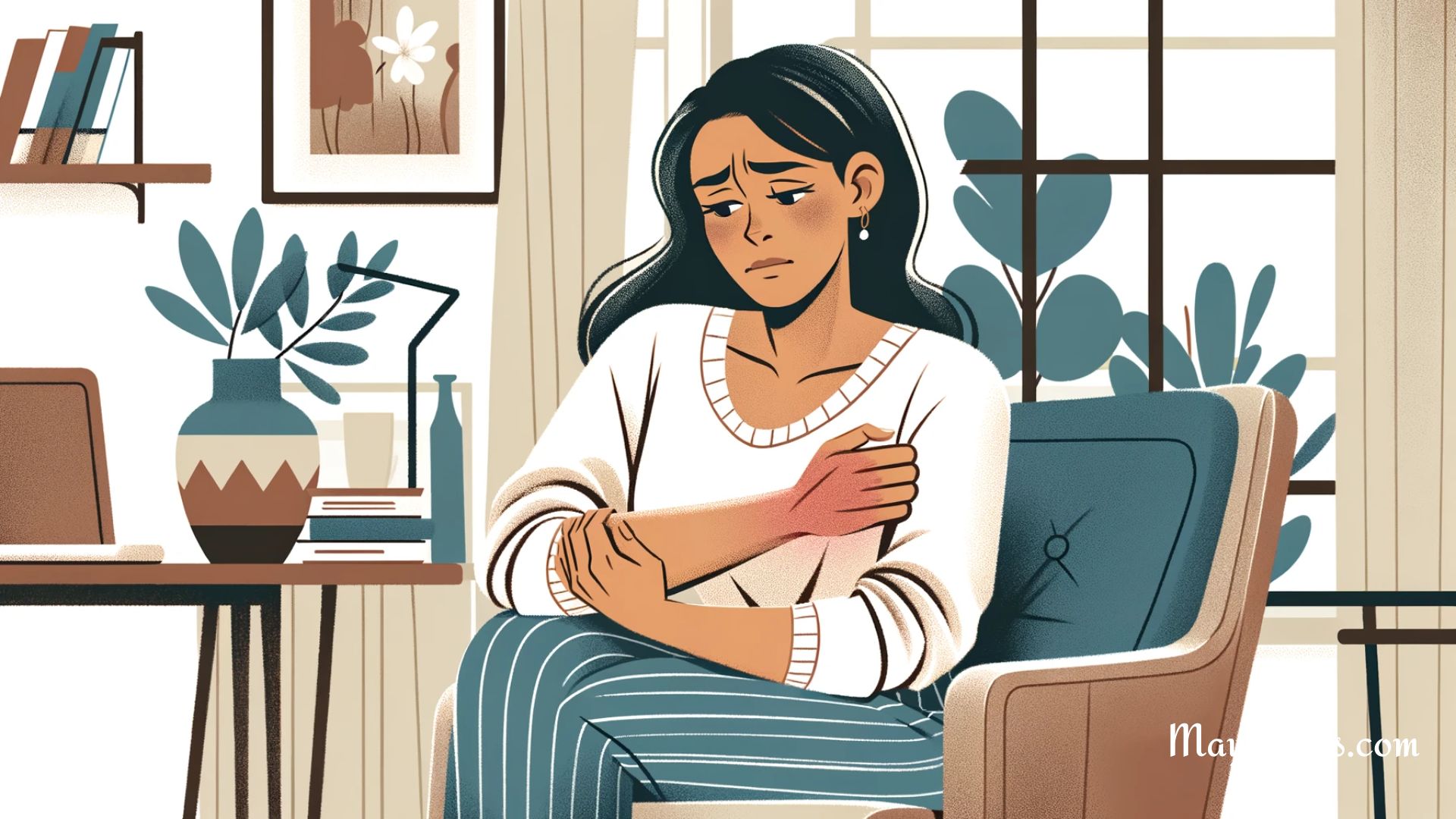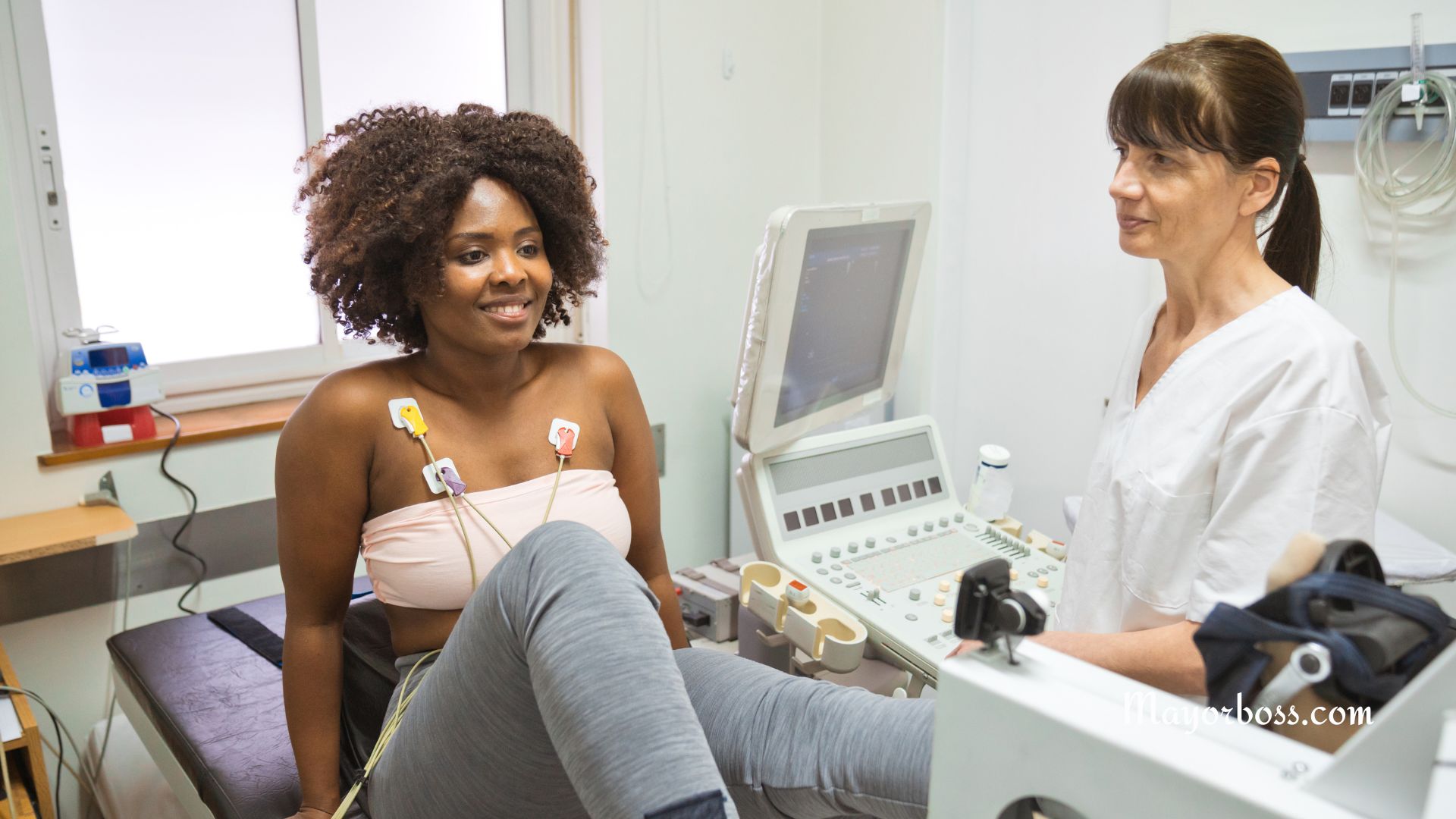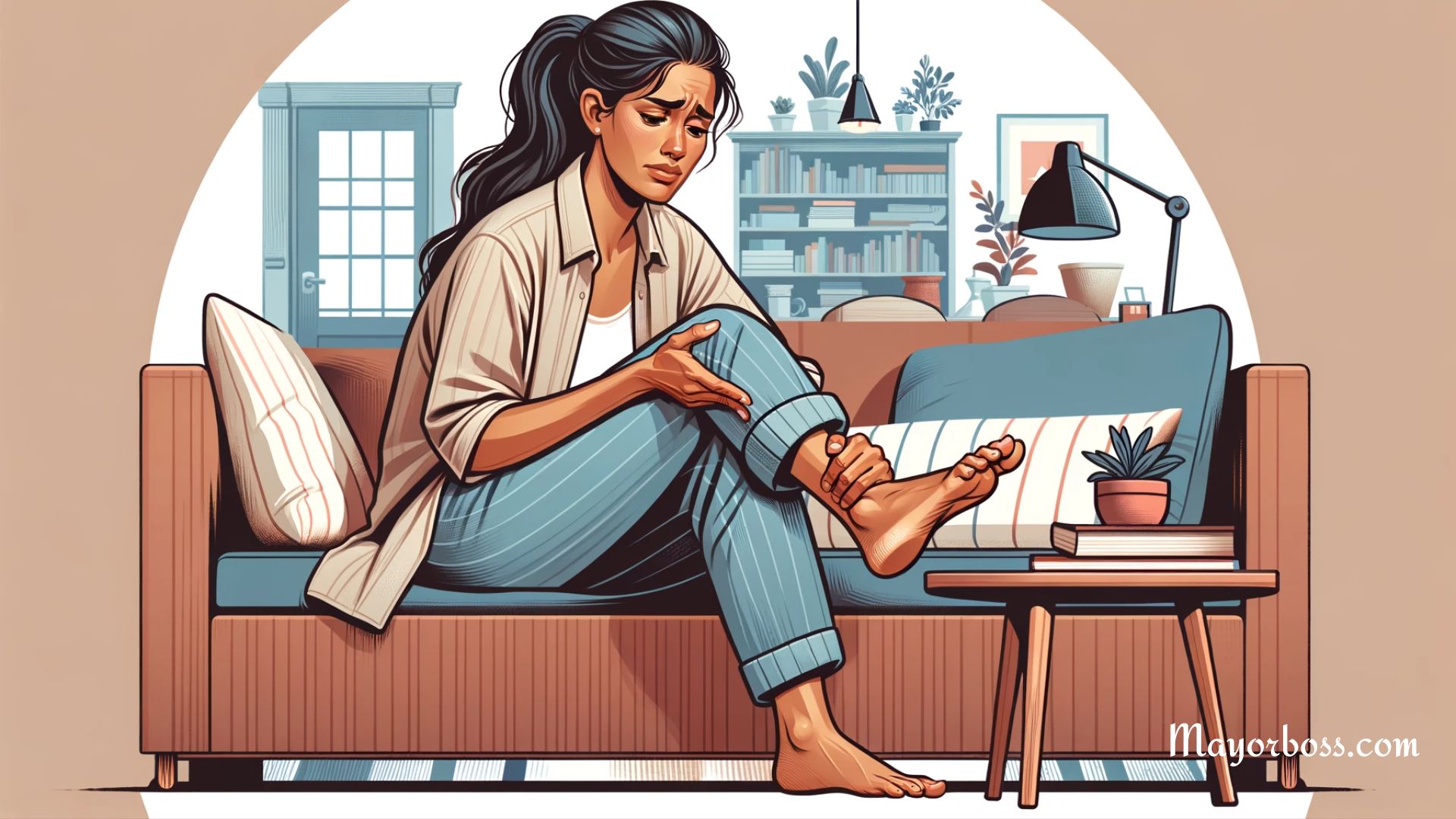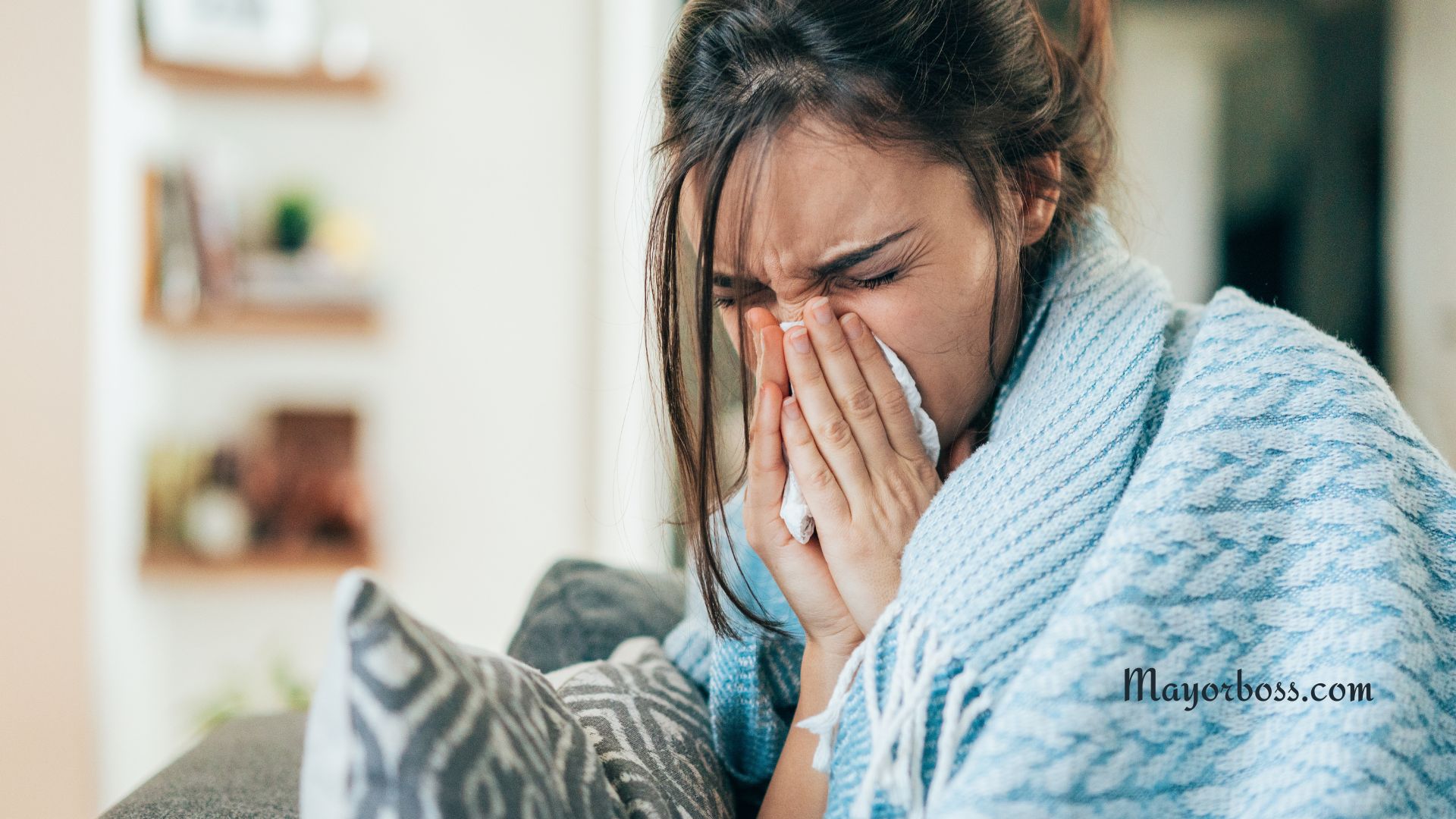How to Know if Your Bones Are Thinning
What Is Bone Thinning?
Bone thinning, called osteopenia or, in more serious cases, osteoporosis, often happens quietly. Many people do not realize their bones are weakening until a fracture occurs.
Bone is living tissue. It constantly breaks down and rebuilds itself. As we age, this process can shift. The body may break down bone faster than it builds new bone. When bones lose density, they become thin, fragile, and more likely to break.
Bone thinning starts slowly. You might not feel any different in the beginning. That is why regular checkups and being aware of small changes matter.
Early Signs Your Bones May Be Thinning
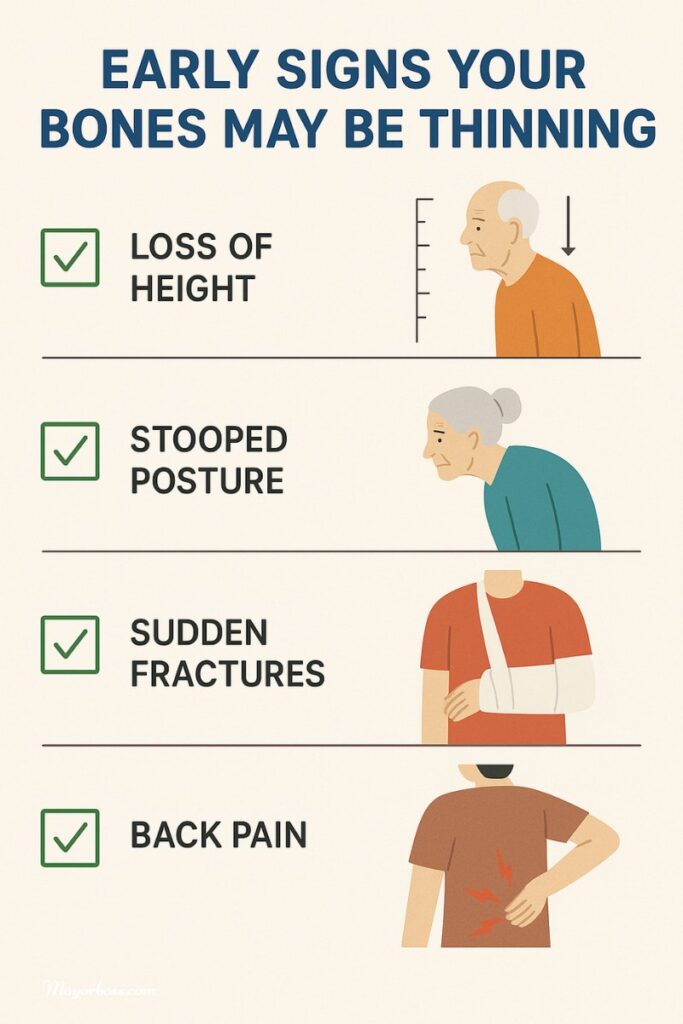
1. Loss of Height
If you notice you are getting shorter, even by half an inch or more, it can be a warning sign. Bone thinning can lead to small fractures in the spine. These fractures make the spine curve forward, causing a loss in height over time.
2. Stooped Posture
A forward-leaning posture, often called a “dowager’s hump,” may develop. Weakened spinal bones cannot support the body’s weight, leading to a noticeable curve in the upper back.
3. Sudden Fractures
Breaking a bone easily from a minor fall or even while doing simple tasks like bending or lifting something light is a red flag. The most common fractures occur in the hip, wrist, and spine.
4. Back Pain
Ongoing back pain, especially in the lower or middle back, could be caused by tiny fractures in the spine from weakened bones.
5. Weaker Grip Strength
Research shows that a weaker grip may be linked to lower bone density, particularly in older adults. If you notice difficulty holding objects or opening jars, it may be worth discussing with your doctor.
Who Is at Higher Risk?
Several factors can increase your chances of developing bone thinning:
- Age: Risk increases as you get older, especially after age 50.
- Sex: Women, particularly after menopause, are at greater risk because of a sharp drop in estrogen, which protects bones.
- Family history: If your parents or siblings had osteoporosis, your risk is higher.
- Body size: People who are smaller in frame tend to have a higher risk because they have less bone mass to lose.
- Certain medications: Long-term use of corticosteroids like prednisone can weaken bones.
- Lifestyle factors: Smoking, heavy alcohol use, lack of physical activity, and diets low in calcium and vitamin D can contribute to bone loss.
- Medical conditions: Diseases like rheumatoid arthritis, thyroid disorders, and celiac disease can also affect bone health.
How Doctors Check for Bone Thinning
The most accurate way to find out if your bones are thinning is through a bone density test. The most common type is called a DEXA scan (Dual-Energy X-ray Absorptiometry).
A DEXA scan is painless and quick. It measures the strength of your bones, usually in your spine, hip, and sometimes the forearm. The results are given as a T-score:
- Normal: T-score above -1
- Osteopenia (low bone mass): T-score between -1 and -2.5
- Osteoporosis: T-score -2.5 or lower
Your doctor will use your T-score, along with your age, health history, and risk factors, to recommend a treatment plan if needed.
What You Can Do if You Suspect Bone Thinning
Talk to Your Doctor
If you notice any warning signs or know you have risk factors, schedule a visit. Early treatment can prevent fractures and more serious problems later.
Strengthen Your Bones
Even if your bones are thinning, you can take steps to slow or stop the process:
- Exercise: Weight-bearing and resistance exercises, such as walking, dancing, or light weightlifting, can help strengthen bones.
- Eat a bone-healthy diet: Focus on foods rich in calcium (like dairy, leafy greens, and almonds) and vitamin D (such as salmon, fortified milk, and eggs).
- Take supplements if needed: Your doctor might recommend calcium and vitamin D supplements if you are not getting enough from your diet.
- Avoid smoking and limit alcohol: Both can weaken bones over time.
- Prevent falls: Make your home safer by removing tripping hazards and installing grab bars in bathrooms.
When to Start Bone Density Screening
The general recommendations are:
- Women: Start at age 65, or earlier if you have risk factors.
- Men: Start at age 70, or earlier if risk factors are present.
However, if you break a bone after age 50, your doctor might recommend testing sooner.
Final Thoughts
Bone thinning often develops without clear symptoms until it causes real harm. Paying attention to small changes in your body. If you have any concerns, do not wait. Talk to your healthcare provider. A simple scan could give you important information and help you protect your bones for years to come.

